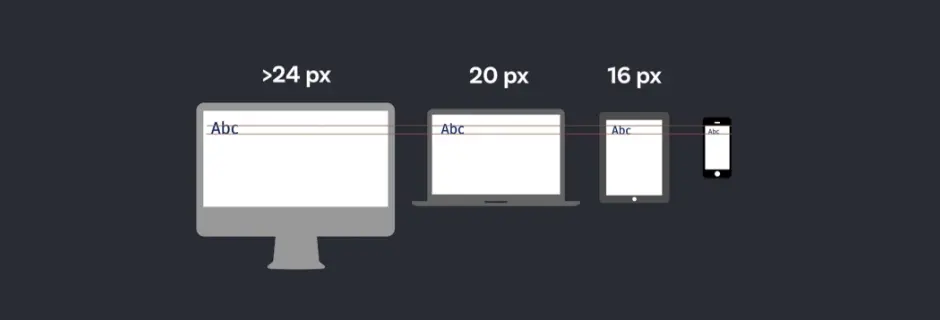1. The Impatient Digital Consumer
2. The Cost of Bounce: Lost Opportunities
3. User Experience: A Make or Break Factor
4. Impact on Search Engine Rankings
5. Mobile Responsiveness and Accessibility
Ways to Speed Up Your Website
- Optimize Images: High-resolution images can significantly slow down website load times. By compressing and optimizing images, you can maintain visual quality while reducing the data load.
- Minimize HTTP Requests: Every element on a webpage requires an HTTP request. By reducing the number of requests through techniques like combining scripts and stylesheets, you can decrease load times.
- Utilize Caching: Browser caching stores frequently accessed elements on a user's device, reducing the need to reload them on subsequent visits.
- Content Delivery Network (CDN): A CDN distributes your website's assets across multiple servers worldwide. This not only reduces the physical distance between users and your content but also balances the load on servers, enhancing performance.
- Gzip Compression: Compressing files before sending them to the browser can significantly reduce data transfer times, leading to faster page load times.
- Minify Code: Remove unnecessary characters from your website's code to reduce its file size, enabling faster load times.
- Choose a Fast Hosting Provider: The quality of your hosting service directly affects your website's speed. Opt for a reputable hosting provider that offers high-speed servers and excellent uptime.
Conclusion
In the digital landscape, where milliseconds can make a difference, a slow website is no longer an inconvenience – it’s a business obstacle. It impacts user experience, drives up bounce rates, and hampers search engine visibility. Prioritizing website speed isn’t a luxury; it’s a necessity for success. By recognizing the profound impact of slow websites on visitor retention and online growth, businesses can take proactive measures to optimize their website speed, thereby delivering a seamless and satisfying online experience to users.
At Altin Design, we comprehend the pivotal role that website speed plays in online success. Our team of experts is dedicated to optimizing websites for maximum performance, ensuring that your digital presence operates at peak efficiency. Contact us today to revitalize your website’s speed and unleash its full potential.






